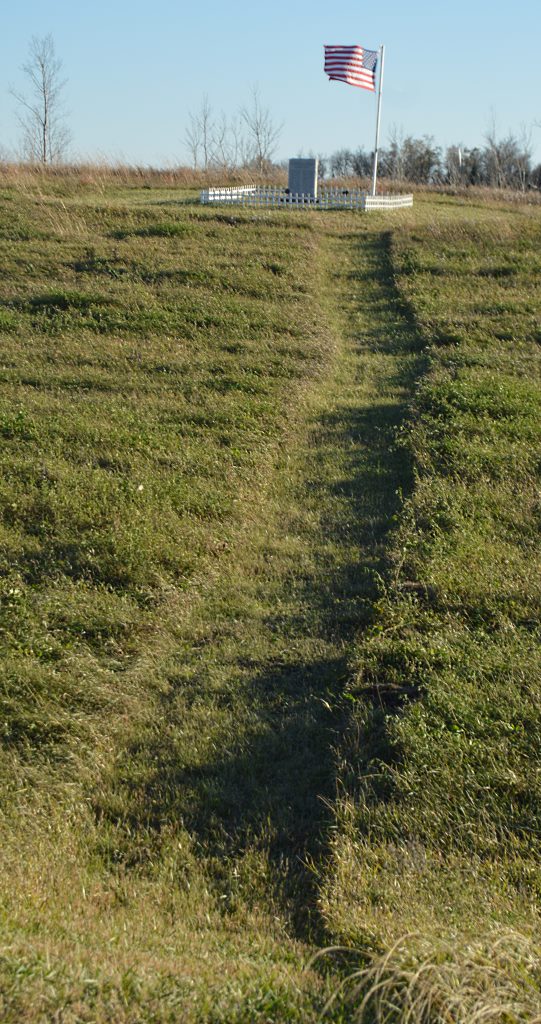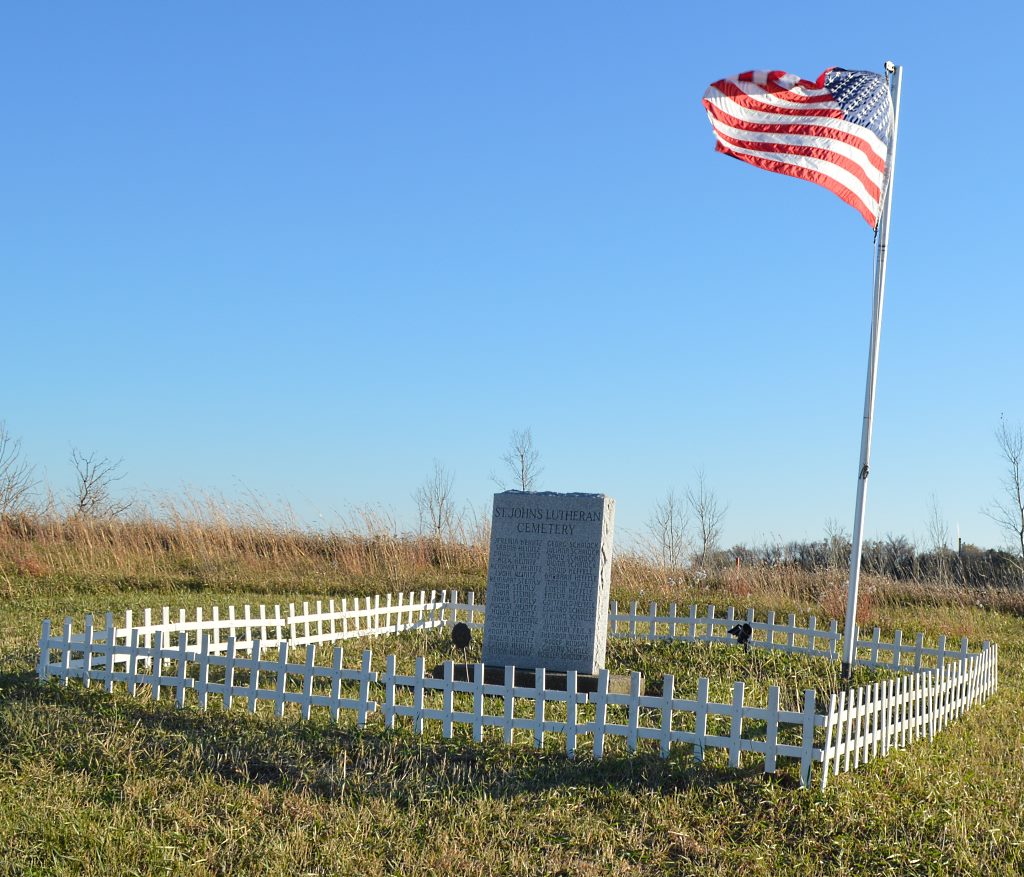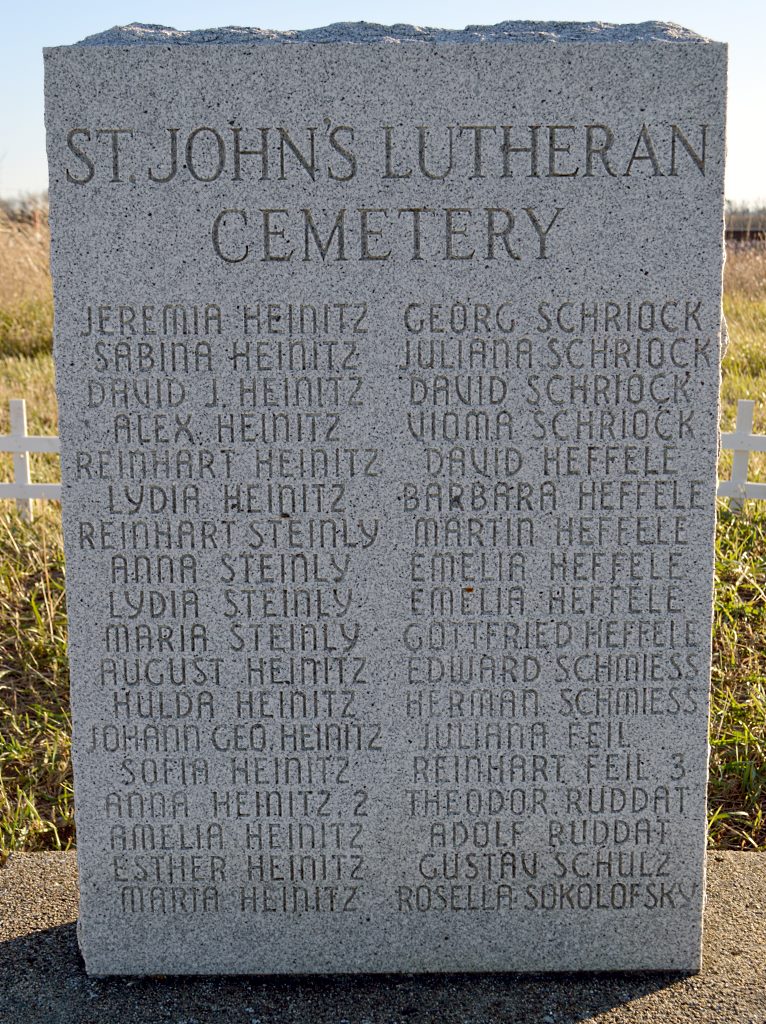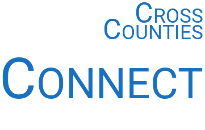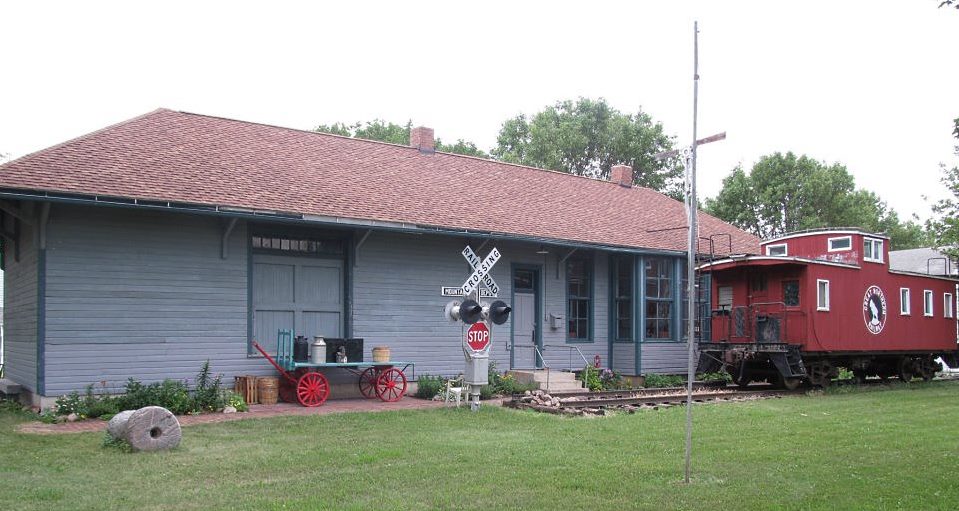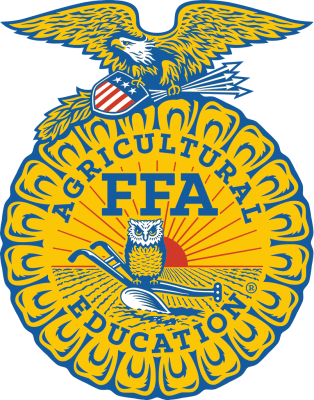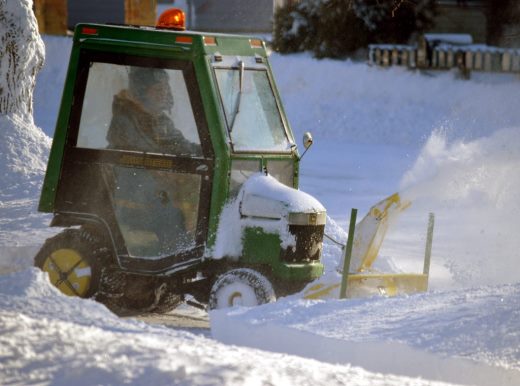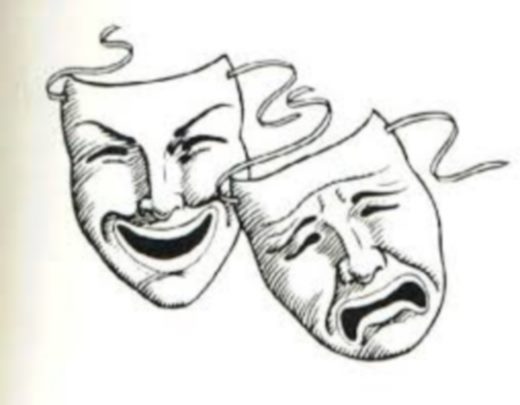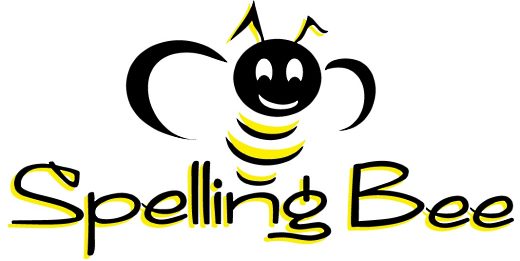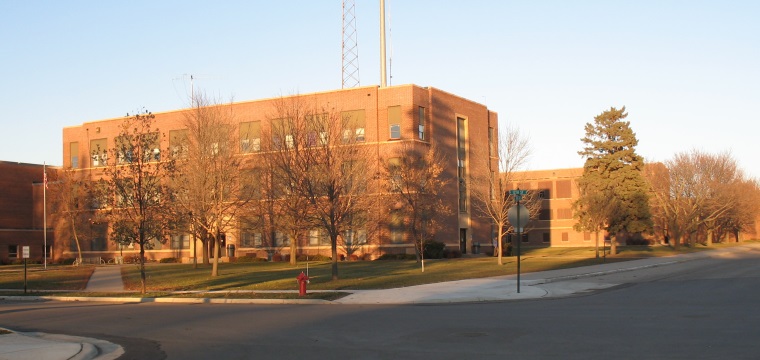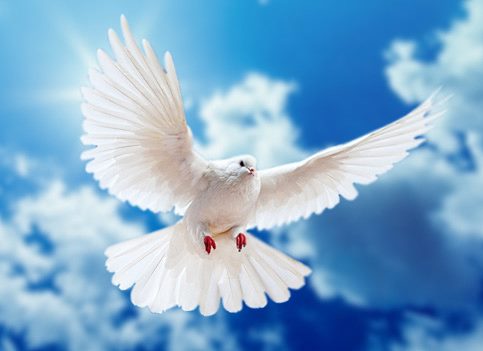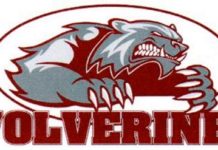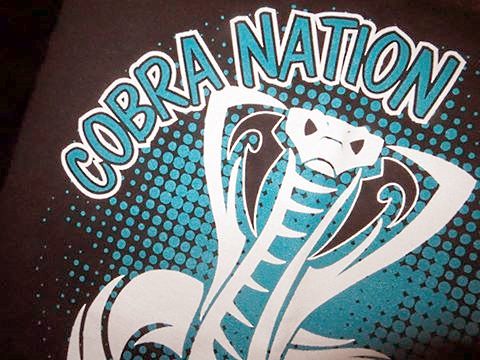Trinity Lutheran continues preservation of St. John’s Lutheran Cemetery
The tiny cemetery of the long-gone St. John’s Lutheran Church of Mountain Lake is all that remains to tell the story of 39 of the German/Russian Lutheran immigrants who settled in the area and helped to build Mountain Lake – especially their area of the city – Dreispitz.
A contingent of Lutherans who settled in this area, beginning in the early 1890s, sported family histories of immigration from Germany to the Dreispitz area of South Russia – and eventually to Mountain Lake. Their connection to the city’s predominantly German/Russian Mennonite population was due to relationships built when living together in the same region in South Russia. In fact, the first eight young Lutheran immigrants from Dreispitz in South Russia were sponsored by eight members of the Bruderthaler or Valley Mennonite Church – today, the Cornerstone Bible Church – as encouraged by Reverend Aron Wall.
By the fall of 1893, approximately 30 Lutherans had arrived from Russia to their new land. These immigrants built their homes, businesses – lives- in the east end of town, calling their neighborhood after their Russian neighborhood, Dreispitz. In German, the name means three-sided, like a triangle. The immigrants’ old Russian district was of that shape, and so, too was their new Mountain Lake neighborhood. It was formed at that time by Highway #60 – today, Cottonwood County Road #27 – to the north, the railroad tracks to the south and the city limits to the west – today, Cottonwood County Road #1.
St. John’s Lutheran Church serving its Dreispitz congregants, was built on the west side of the “triangle,” on the east side of what is now Cottonwood County Road #1, right at the end of 2nd Avenue. The cemetery, which dates back to the late 19th century, has been rescued and restored by continued preservation efforts.
In 1908, Trinity Lutheran Church (known as the “downtown” or “in town” church) and St. John’s Church (the “rural” Lutheran church) merged and the former St. John’s Church building was turned into a Lutheran school that operated until around 1920.
The St. John’s cemetery, located just east of Mountain Lake, can be reached by taking a stretch of what is left of the “old” Minnesota State Highway #60 roadbed. The one stone marker notes the names of all those buried in the church cemetery.
George Heinitz had donated the quarter acre of cemetery land to the church. It was used as a burial spot for 45 years. After George Heinitz relocated to California, the cemetery was ignored and grew up to weeds. In 1976, Trinity Lutheran Church organized a Restoration Committee to set to work on saving the memory of those interred in the cemetery.
Over the next several years, Dr. Jim Fleming, former Mountain Lake chiropractor; the late Jacob Heinitz, at that time one of St. John’s oldest members at the age of 84 and Trinity Lutheran Restoration Committee members took up the task of recovering the names of those buried in that spot, researching the identities of those buried in the church cemetery. That detective work was difficult as the cemetery had no trace of permanent headstones. The custom at that time in the late 1800s and early 1900s, had been to use wooden grave markers, rather than stone, so the group had no definite figure of the number – let alone the names – of how many church members had been buried there.
A number of the graves were outlined with concrete curbs, but time had deteriorated these – and none of the wooden markers survived. Heinitz’s father, just like his grandfather, was a carpenter – and a coffin-maker. His father built the coffins for all of those buried in St. John’s Lutheran Church Cemetery. While the father of Jacob Heinitz was the town’s coffin-maker, his Uncle George made the markers. These markers were of wood, set in stone bases. Some were completed with turned spindles and ornaments. The names of the deceased were painted on the individual markers. A few even stood four-to-five-feet tall.
By 1979, the names of the 39 known persons to have been buried in the small cemetery were retrieved. A majority of the surnames of the deceased belong to the Heinitz, Heffele, Schriock and Steinle families. The last person interred in the cemetery was Martin Heffele in 1945.
Having created a list of the names, a permanent marker was placed on the spot, with the names of the buried carved into the stone. In addition, the area of the cemetery was noted with the building of a fence surrounding the marker.
That marker still stands today as a proud, permanent record of some of the German/Russian Lutherans who were a part of turning this piece of the prairie into Mountain Lake.
Trinity Lutheran Church has today increased the continued preservation and recognition of the cemetery – through the work of Bob Blom, Trinity custodian and Ken Theobable, the grandson of a past church member. Added this summer was a mowed path from the road to the site; a flagpole and American flag, lit at night by a spotlight; American Legion veteran’s marker and white picket fence surrounding the memorial.
